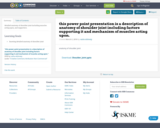
detailed anatomy of shoulder joint including muscles acting upon, and supporters.
- Subject:
- Life Science
- Material Type:
- Lecture Notes
- Date Added:
- 03/05/2018

detailed anatomy of shoulder joint including muscles acting upon, and supporters.

The Oregon Department of Education released this online and offline lesson adaptation, as a part of the Distance Learning for All Erin's Law Toolkit for Districts. The lesson is an Advocates for Youth Rights, Respect, Responsibility (3Rs) Fifth Grade lesson entitled Sexual and Reproductive Anatomy. The full lesson has been adapted by Mulnomah County Health Department to be more trauma-informed, more trans-inclusive, and to prompt more discussion about race and racism. This lesson focuses on the core sexuality education topics: Anatomy, Bullying and Abuse Prevention, Consent, and Boundaries, which are foundational to child abuse prevention education. 3Rs Original Authors: Elizabeth Schroeder EdD MSW, Eva Goldfarb PhD, Nora Gelperin MEd
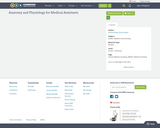

During recent years the phenomenon of Boko Haram has dominated policy debates among academics and policymakers interested in African and Nigerian politics. Yet, many issues about the sect remain unclear and contested. This collection of articles on Boko Haram by selected experts is essential reading for those interested in Nigeria, and the broader issues of state building, terrorism, humanitarian emergencies, conflict resolution and intrastate violence.
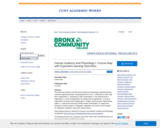
This document contains a list with all the Anatomy and Physiology I expected learning outcomes organized by topics, and grouped into ten units: 1. Introduction to A&P: body plan & organization; 2. Introduction to A&P: homeostasis; 3. The chemical level of organization; 4. Levels of organization: the cellular level of organization; 5. Levels of organization: the tissue level of organization; 6. Support and movement: integumentary system; 7. Support and movement: skeletal system & articulations; 8. Support and movement: muscular system; 9. Regulation, integration, and control: nervous system; 10. Regulation, integration, and control: special senses
Each learning outcome is referred to a section in the textbook "Anatomy and Physiology" by OpenStax: https://openstax.org/details/books/anatomy-and-physiology
The learning outcomes are a derivative work of the "HAPS A&P Learning Outcomes" by The Human Anatomy and Physiology Society: https://www.hapsweb.org/page/AP_Outcomes_home

Students view and explore a variety of different hurricane visualizations: movies of satellite imagery (visible and IR); composite images with rainfall intensity, wind circulation, temperature; cross sectional composites; radar imagery. Based upon their analysis of the images, they identify basic hurricanes structure, wind circulation patterns, precipitation patterns. Next, they compare their interpretation and labeling of the images with textbook or Internet derived diagrams of hurricane structure and refine their interpretation and labeling. To conclude, students are presented with images of a southern hemisphere tropical cyclone that they contrast and compare to northern hemisphere cyclones.
(Note: this resource was added to OER Commons as part of a batch upload of over 2,200 records. If you notice an issue with the quality of the metadata, please let us know by using the 'report' button and we will flag it for consideration.)

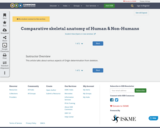
This article talks about various aspects of Origin determination from skeleton.

This lecture outline accompanies the chapter 7 PowerPoint for Open Stax Anatomy and Physiology 2E.
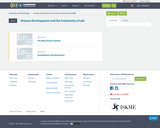

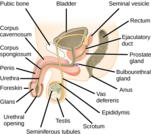
By the end of this section, you will be able to:Describe human male and female reproductive anatomiesDiscuss the human sexual responseDescribe spermatogenesis and oogenesis and discuss their differences and similarities

This resource is a video abstract of a research paper created by Research Square on behalf of its authors. It provides a synopsis that's easy to understand, and can be used to introduce the topics it covers to students, researchers, and the general public. The video's transcript is also provided in full, with a portion provided below for preview:
"Citation rates and journal impact factor are the most widely used measures of influence in the academic world. But true impact extends well beyond the sphere of research. While quantifying this influence has remained incredibly challenging, social media and the alternative metrics its supplies are beginning to change that. In a new study reported in The American Journal of Sports Medicine, researchers looked at how these “altmetrics” correlate with traditional measures of impact in the field of orthopedics. Their findings point to the types of studies and publication venues that attain the greatest reach. The authors of the study analyzed 496 articles published across five high-impact journals in 2016: The Journal of Bone and Joint Surgery; Clinical Orthopaedics and Related Research; Acta Orthopaedica; Knee Surgery, Sports Traumatology, Arthroscopy; and The American Journal of Sports Medicine..."
The rest of the transcript, along with a link to the research itself, is available on the resource itself.
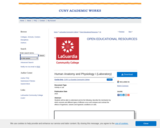
Students will be able to understand and do the following: describe the mechanism by which osmosis and different types of diffusion occur and compare and contrast the effects of hypertonic, isotonic and hypotonic conditions on cells.